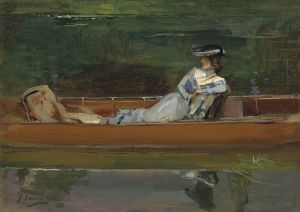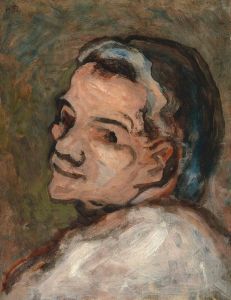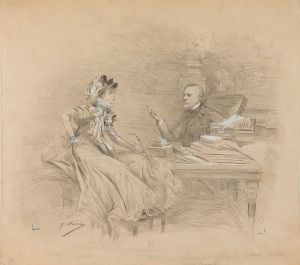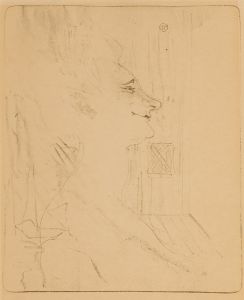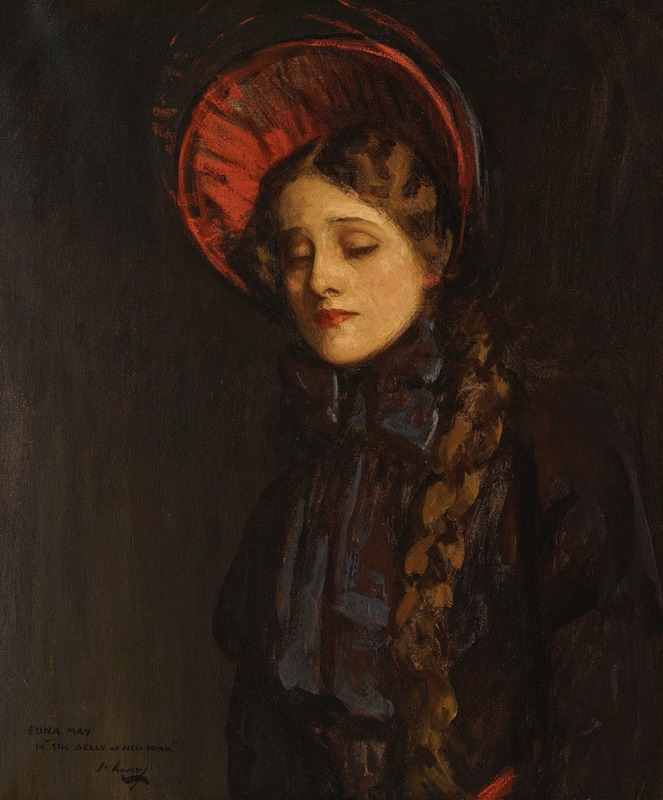
Edna May In The Belle Of New York
A hand-painted replica of Sir John Lavery’s masterpiece Edna May In The Belle Of New York, meticulously crafted by professional artists to capture the true essence of the original. Each piece is created with museum-quality canvas and rare mineral pigments, carefully painted by experienced artists with delicate brushstrokes and rich, layered colors to perfectly recreate the texture of the original artwork. Unlike machine-printed reproductions, this hand-painted version brings the painting to life, infused with the artist’s emotions and skill in every stroke. Whether for personal collection or home decoration, it instantly elevates the artistic atmosphere of any space.
Edna May in The Belle of New York is a painting by the Irish artist Sir John Lavery, completed in 1898. The work depicts the American actress and singer Edna May, who gained international fame for her role in the musical comedy The Belle of New York. The painting captures May in costume, reflecting her character's charm and the theatrical glamour of the production.
Sir John Lavery (1856–1941) was a prominent portrait and genre painter, known for his ability to capture the elegance and personality of his subjects. Lavery was part of the Glasgow School and later became a celebrated society portraitist in London. His works often featured prominent figures of his time, and his association with Edna May highlights his interest in the performing arts and popular culture.
Edna May (1878–1948), born Edna May Pettie in Syracuse, New York, was a celebrated performer of the late 19th and early 20th centuries. Her role in The Belle of New York, which premiered in 1897, was a defining moment in her career. The musical, written by Gustave Kerker and Hugh Morton, was one of the first American productions to achieve significant success in London’s West End, solidifying May's status as an international star.
The painting is notable for its vibrant depiction of May, emphasizing her theatrical persona and the opulence associated with her role. Lavery's use of light and color enhances the sense of movement and vitality, qualities that were central to May's stage presence. The work also reflects the broader cultural exchange between the United States and Europe during this period, as American performers and productions gained popularity abroad.
The painting is part of Lavery's broader body of work that documents the social and cultural milieu of his time. It serves as both a portrait of an individual and a representation of the era's fascination with theater and celebrity. Today, the painting is recognized as an important example of Lavery's portraiture and a testament to Edna May's enduring legacy in the performing arts.
The current location of the painting is not specified in widely available sources, but it remains a significant piece in the study of Lavery's career and the intersection of art and theater at the turn of the 20th century.











